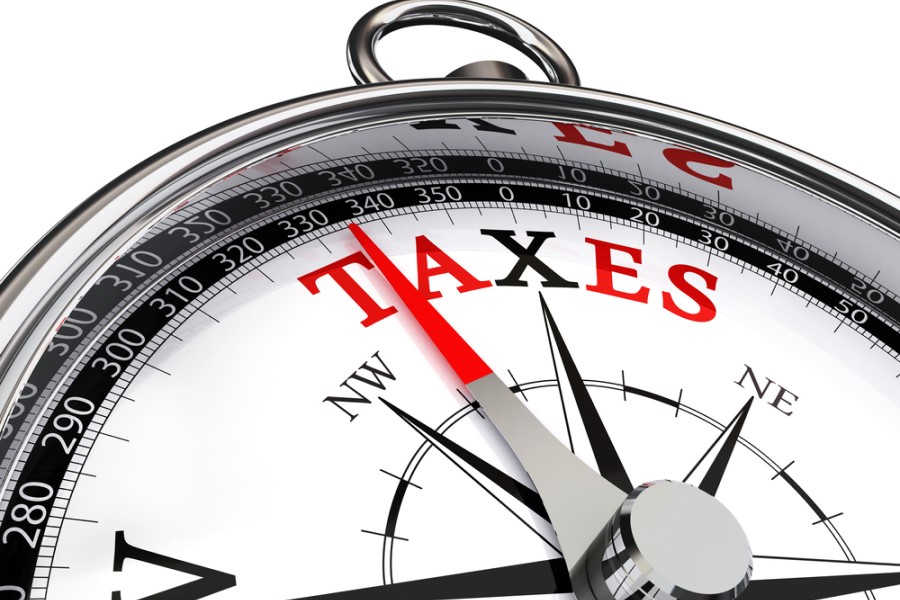How employees could pay little, or no tax at-retirement with careful planning

The PPI also reported that HMRC could see increased tax revenue of around £19.2 billion over the next 10 years, based on the way individuals have accessed their savings since the pension freedoms were introduced.
The choices employees make at-retirement can make a big difference to how much income they end up with. However, many don’t realise that by utilising the tax allowances and reliefs available, they could potentially reduce or even eliminate future tax charges on their retirement income.
To illustrate this, WEALTH at work has created three examples that demonstrate how employees could look holistically at all their savings and investments to create the most tax-efficient retirement income and in some cases, pay very little tax.
All of the examples outlined below are based on similar situations to make it easier to see how the process works, but examples one and three are not yet eligible for their State Pension and example three has a smaller pension pot, but more taxable savings. All examples assume stocks and shares ISA returns of five per cent and interest available on taxable cash deposits of 1.4 per cent gross.
Example one – Peter
Peter is age 60. He has a defined benefit (DB) pension which will pay £8,350 pa, a DC pension fund worth £300,000, stocks and shares ISAs worth £50,000 and £10,000 held in cash. He is planning to retire in April 2019 and would like to generate an initial annual income of £20,000 pa net, and retain the £10,000 as an emergency cash reserve.
By utilising his ISA and taking income through his pensions, it is possible for him to do this without paying any tax in year one (even though £20,000 is almost double the personal allowance of £11,850 for 2018/19).
Peter can withdraw the £2,500 (five per cent) return from his ISA leaving £17,500 to find. He has a personal allowance of £11,850, so he does not need to pay tax on the £8,350 from his DB pension. Consequently he will have £3,500 of unused allowance available.
He therefore needs a further £9,150 to have the £20,000 income he is looking for. To be able to do this he could take benefits on £22,600 of his DC pension, take 25 per cent tax free (£5,650) and then draw £3,500 as income from the £16,950 available. By doing this he will have the £20,000 he is looking for tax-free.
Example two – Mary
Mary is in exactly the same financial position as Peter, but eligible for the full New State Pension. As the combined income from her DB scheme and State Pension will be higher than the personal allowance, she will need to pay some tax, but will not need to pay any further tax up to the £20,000 annual income she is hoping for.
Mary has a personal allowance of £11,850. The combined income of £8,350 from her DB pension plus £8,296 new State Pension gives her a gross income of £16,646. Income tax payable on this would be £959, leaving a net income of £15,687.
To achieve her aim of an income of £20,000 a year, she can supplement this with £2,500 return from her stocks and shares ISA and £1,813 tax-free cash from her DC pension fund. To do this she would need to draw benefits on £7,252 from her DC pension, £1,813 (25 per cent) can be taken as a tax-free cash lump sum but the remaining £6,489 would remain in her pension fund with the potential to grow.
Example three – David
David, age 60, is looking to retire in April 2019. He is in a similar position to the examples above except that he is not yet eligible for his State Pension, his DC pension is £200,000 and he has taxable cash deposits of £100,000 as well as an ISA of £50,000.
To achieve his aim of an income of £20,000 a year tax-free, he could use the £8,350 from his DB pension and £3,500 from the taxable part of his DC pension fund to use up his personal allowance (£11,850). He would need to withdraw £4,667 of his DC pension with £3,500 (75 per cent) in taxable income and £1,167 (25 per cent) would be paid as a tax-free cash lump sum (£3,500 + £1,167 = £4,667).
This could be supplemented with £1,400 interest from his savings (£100,000 at 1.4 per cent), which would not be taxed because the starting rate for savings income is £5,000. As it is better to leave as much money as possible in the tax efficient wrappers of ISA and pension, David may choose to withdraw the remaining £5,583 needed from his cash deposit to make up the £20,000 he is looking for.
With all these examples, the individuals are paying the lowest amount of possible tax, keeping their ISAs at the same level (assuming the stocks and shares ISA grows by five per cent per year) and withdrawing the remaining amount needed in a tax-efficient manner from their pensions and other savings and investments.
Please note – all examples assume no additional income from earnings in the tax year and also assumes the same personal allowance for tax year 2019/2020 as tax year 2018/19.
Helping employees to prepare for retirement
As we can see, with well thought out planning it is possible for employees to limit their tax liability and therefore have more income in retirement. However, without the understanding of how to do this, many employees will end up paying more tax than they need to, which could have dire consequences.
Employers and Trustees are now recognising that there are specialist providers available to deliver services such as financial education, guidance and regulated advice to support employees and members with making informed decisions to maximise income at-retirement.
The author is Jonathan Watts-Lay, director at WEALTH at work.
This article was provided by WEALTH at work.
In partnership with WEALTH at work
WEALTH at work is a leading financial wellbeing and retirement specialist - helping those in the workplace to improve their financial future.







